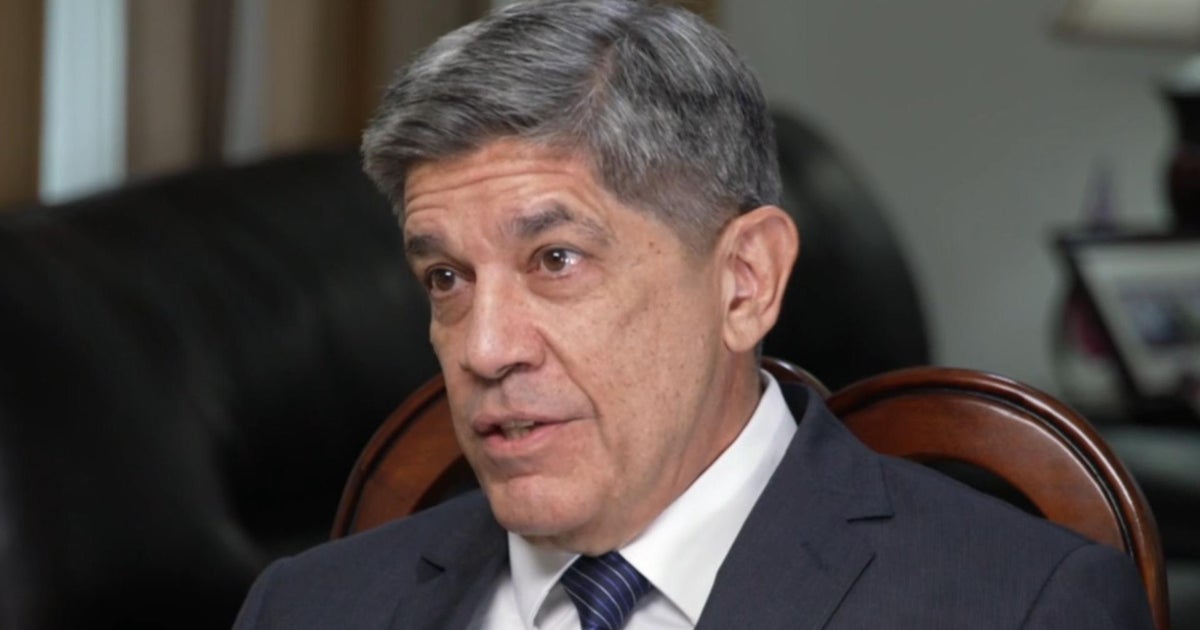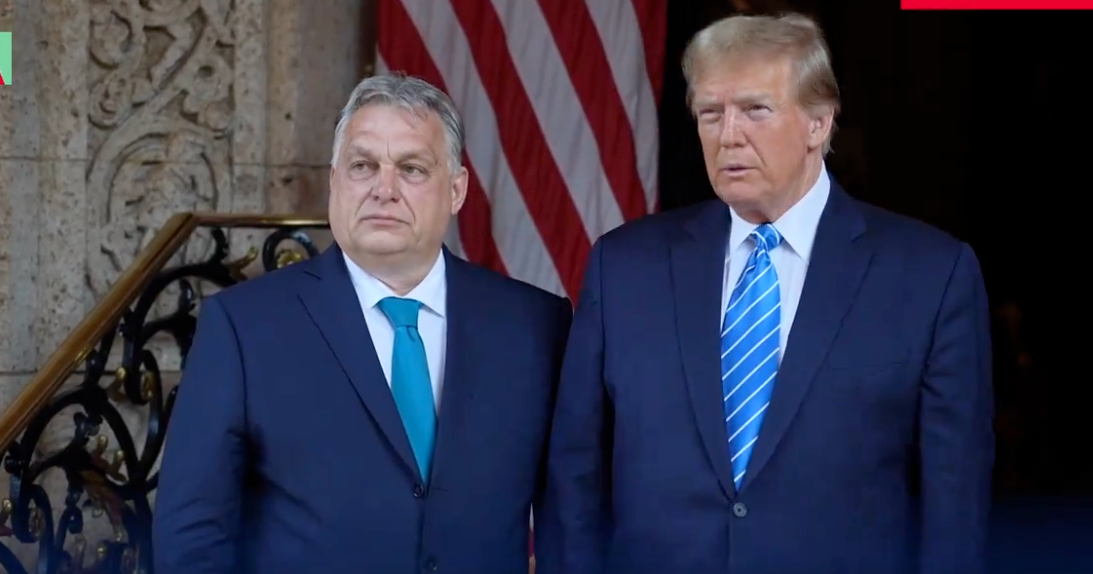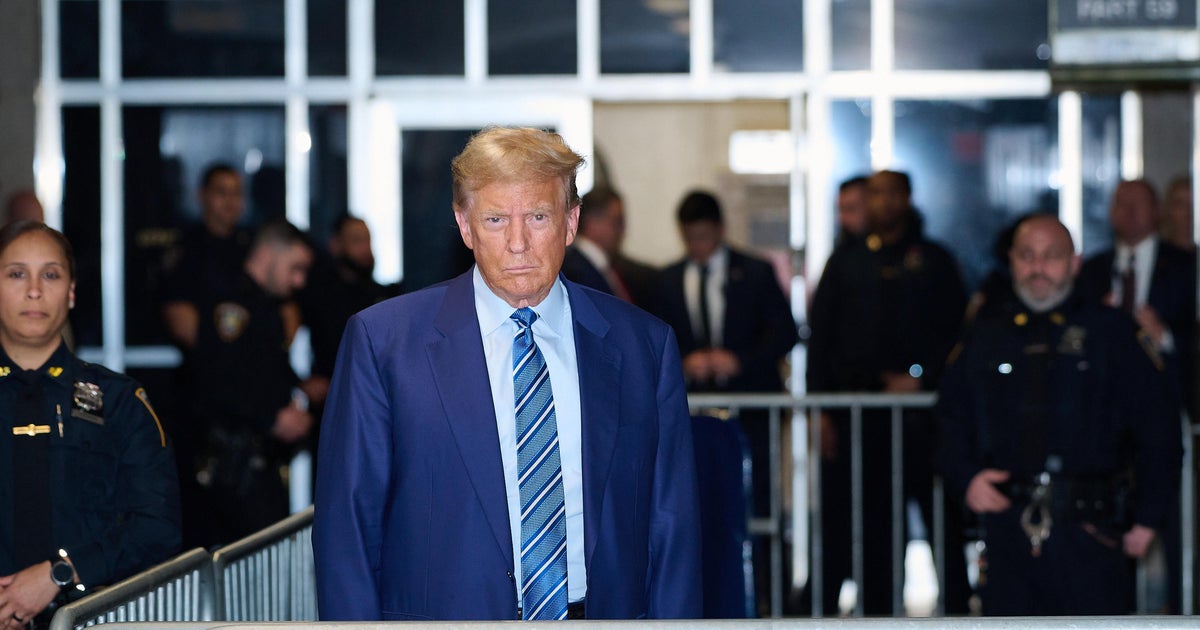Trump administration puts cap on incoming refugees
The Trump administration will allow no more than 45,000 refugees into the United States next year, officials said, in what would be the lowest admissions level in more than a decade.
U.S. government officials said on a call with reporters Wednesday that the "safety and security of the American people" is the chief concern, CBS News' Kylie Atwood reports.
"State and DHS have determined that the ceiling of 45,000 refugees is consistent with our foreign policy goals and operational capacity in light of additional security vetting procedures that we are implementing as well as domestic asylum backlogs that DHS is currently facing," a U.S. government official said.
When asked which foreign policy goals this cap jives with, a U.S. government official noted the safety and security of the American people as the top priority – which means not wanting to let in anyone that would
"endanger the security of America."
The administration had been considering a ceiling somewhere between 40,000, which the Homeland Security Department recommended, and 50,000, the State Department's preferred level, according to officials. The new figure appears to be a compromise that Cabinet officials felt would be palatable to the president.
Refugee admissions will not be directly correlated to the countries currently listed in Mr. Trump's latest ban on travelers from Chad, Iran, Libya, North Korea, Somalia, Syria, Venezuela and Yemen. The 120-day review of the refugee program is looking at every country individually, so country-by-country determinations are yet to be made. That will happen after the administration's 120-day review of the refugee program concludes on October 24.
There will be caps set for individual regions. Refugees from Latin America and the Caribbean, which is currently struggling after a deadly hurricane season, would be capped at 1,500. There would be 2,000 people let in from Europe and Central Asia. Refugees from Africa would be capped at 19,000, South Asia at 17,000, and 5,000 from East Asia.
Still, Mr. Trump's stated hostility to accepting refugees, and opposition among others in his administration, mean the U.S. may not intend to fill all 45,000 slots in the 2018 fiscal year that starts Sunday. The U.S. hasn't taken in so few refugees in a single year since 2006, when 41,223 were allowed entry.
"That's not our goal to slow roll it. We have every plan to process as many refugees as we can under the ceiling," said a U.S. government official, who noted that in past years, the cap has not always been hit.
The U.S. welcomed 84,995 in fiscal year 2016, and former President Obama had wanted to raise that number to 110,000 in 2017. Since 1975, the U.S. has welcomed more than three million refugees from all over the world.
Worldwide, there were some 22.5 million refugees last year, according to the U.N. High Commissioner for Refugees, with many more people internally displaced within their home countries. The strong preference among aid groups and governments has been to seek conditions so refugees can return to their homes, rather than being permanently resettled in host countries.
Mr. Trump has made limiting immigration the centerpiece of his policy agenda. He temporarily banned visitors from a handful of Muslim-majority nations, has rescinded an Obama-era executive action protecting young immigrants from deportation and insisted he'll build a wall along the southern border with Mexico.
During his campaign, Mr. Trump pledged to "stop the massive inflow of refugees" and warned of terrorists smuggling themselves into naive countries by posing as refugees fleeing war-torn Syria. He said last October that "thousands of refugees are being admitted with no way to screen them and are instantly made eligible for welfare and free health care," even as American military veterans can't get such care.
Mr. Trump has advocated keeping refugees closer to their homes.
In a speech to the United Nations last week, he thanked Jordan, Turkey and Lebanon for taking in hundreds of thousands of refugees from the Syrian conflict, and described the United States as a "compassionate nation" that has spent "billions and billions of dollars in helping to support this effort."
"We seek an approach to refugee resettlement that is designed to help these horribly treated people, and which enables their eventual return to their home countries to be part of the rebuilding process," Mr. Trump said.
For the cost of resettling one refugee in the United States, he said, the U.S. can assist more than 10 migrants in their home regions.
A portion of the refugee review is looking at the security screening for refugees. The refugee admission program, as it stands now, works with government and non-government partners to conduct security screenings. The screenings include biographic and biometric security checks at multiple stages during the process. It currently takes about 18-24 months for a refugee to be vetted before coming to the U.S. U.S. government officials are not sure if that time will increase given the review underway.



